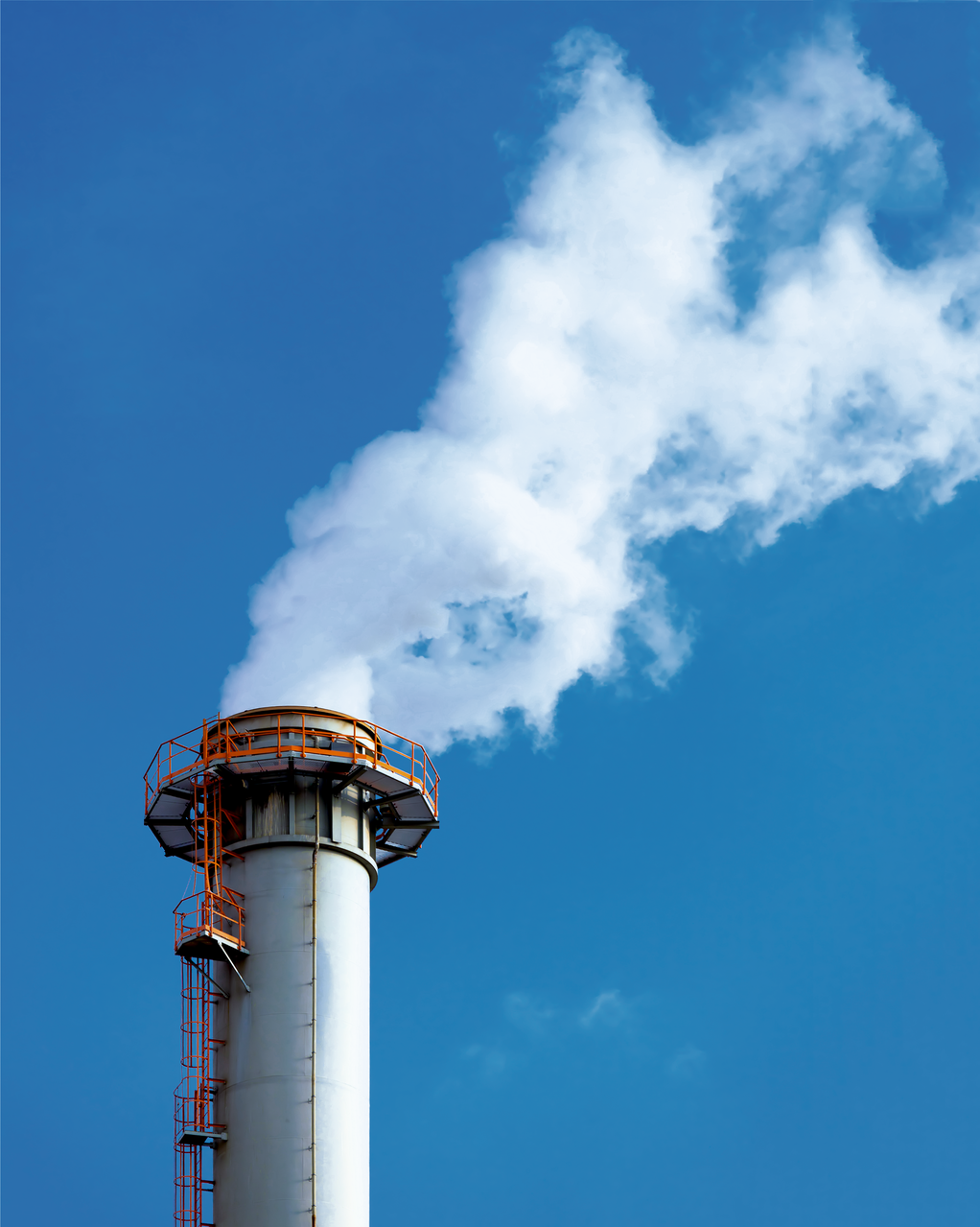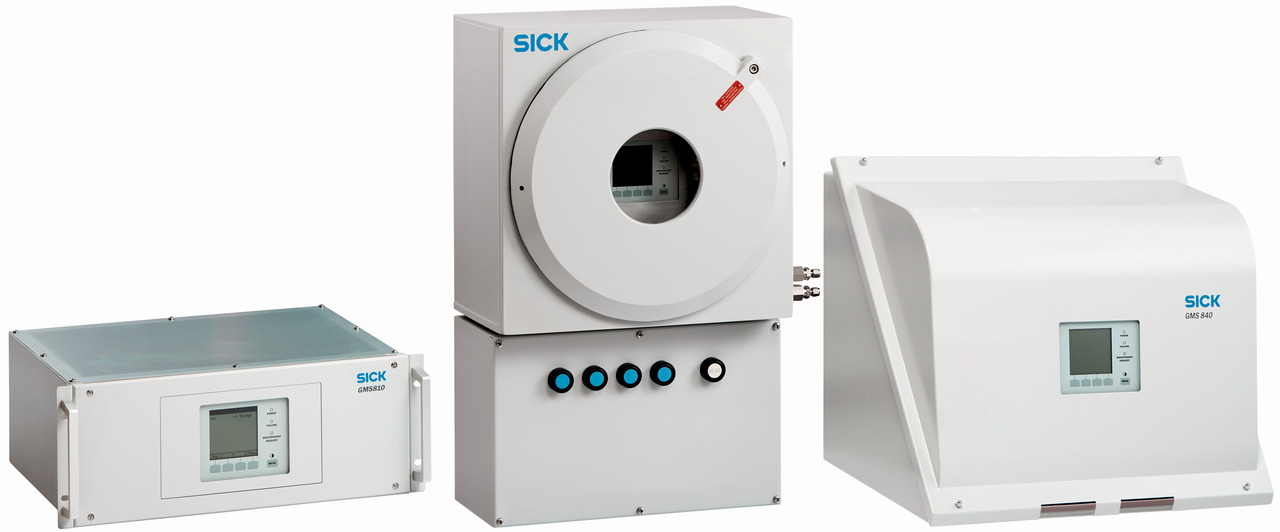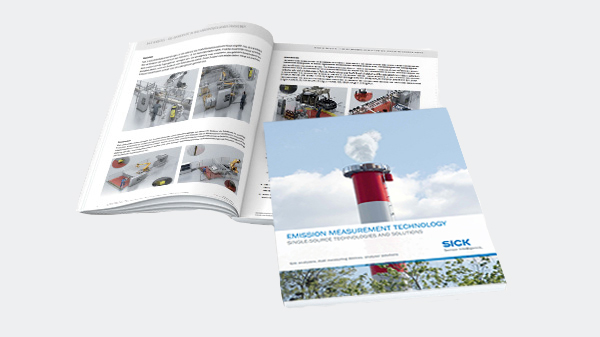
Intelligent Emission Monitoring
We’re constantly bombarded with the potential dangers of global warming and the greenhouse effect, and now we need to take actionable steps to prevent these dangers. One of those actionable steps is emission monitoring, but how do we actually monitor emissions? With dust monitoring devices and expert emission monitoring systems.
Did you know that SICK has a line of dust measuring instruments and emission monitoring devices to help with continuous emission monitoring systems (CEMS) for any application? It is SICK’s promise as an industry leader that our emission monitoring systems will provide effective CEMS monitoring. This includes our in-situ gas analyzers and dust monitors.
For more information, click on the button below to see our Emission Measurement Guide.
What is the difference between In-situ & Extractive methods?
There are two general approaches to monitoring emissions from stack gases: in-situ analysis or extractive analysis.
- In-situ analysis involves mounting the analyzer on the stack.
- Extractive analysis involves transporting the sample from the stack, performing the necessary sample conditioning, and finally presenting the sample to the analyzer.
Knowing the advantages and disadvantages of each can help you determine the correct approach for your application.
What are the advantages and disadvantages of each type?
In-situ Gas Analyzer
In-situ analyzers take advantage of the sample gas temperature contained within the stack. These analyzers tend to be lower in cost than an extractive system, due to lower manufacturing costs. In-situ analyzers typically require less upkeep as they don’t have filters or other sample conditioning components to maintain. Additionally, as you don’t need to remove the moisture from the sample being measured, you mitigate the risk of water-soluble compounds, like SOx, NH3, HCl, etc., from being removed, which can affect the “true measurement.”
However, there are also some important questions to consider before committing to an in-situ stack gas analyzer.
First and foremost is maintainability.
- What happens when the analyzer needs maintenance?
- How easy will it be to remove from the stack?
- How often will you need to clean its windows?
- What ambient temperature range will the analyzer be exposed too?
- Will the analyzer be stable and accurate in the face of these extreme temperatures?
- Do you or any of your technicians enjoy spending time in those temperatures?

Additionally, there may not be in-situ devices available for all the measurement tasks, and if the process conditions are harsh (i.e., high temperature, high pressure, or aggressive gas) then in-situ components may not be available to manage that task.
Extractive Systems
Extractive systems are, in general, more complex and more costly than in-situ analyzers. After all, they require the installation of a sample line to bring the sample gas from the stack to the analyzer system. However, you can install the extractive system at grade and even inside an instrument house if you desire. This makes maintenance easier, and safer to perform. You don’t need to worry about handling small parts when dressed for sub-zero wind chills or worry about collapsing from heat exhaustion when you’re hundreds of feet up on a hot stack in the summer. While all extractive systems share these benefits, there are still different systems to choose from: hot-wet extractive system, a dilution-based system, or a dry-basis (condensation) system.
Each monitoring scenario is unique, therefore, the extractive sample system must be tailored to the application. Because the sample system endures the brunt of the work in presenting a sample for analysis, it requires much of the tailoring. After all, the measurement is only as good as the sample that is being presented to the analyzer. For example, moisture in the sampling system can be a significant problem. If this moisture is not condensed properly and removed from the system, it can result in an acid mist formation, which can lead to corrosion and plugging within the sampling system. Further compounding the problem, especially when measuring low emission levels, is the phenomenon of adsorption of the sample (as described above), which results in erroneous measurements.

Summary
There are definite pros and cons to both in-situ and extractive gas measurement. Many factors play a role in determining which option to choose. These include, process conditions, mounting location, regulatory requirements and cost.
The CEMS (Continuous Emissions Monitoring Systems) vendor is also a critical element. Maintenance and service are a natural requirement of any CEMS. Be sure to choose a company that not only supports the immediate need of supplying a reliable CEMS, but also provides ongoing support to ensure years of reliable service. Also, by choosing a vendor that can supply all types of measurement techniques, you can ensure you will get the best solutions for your application.

Emission Measurement Technology Guide
Download the guide to learn:
- Typical applications of emission monitoring technology
- Technologies and measurement principles for In-situ and Extractive gas analysis
- Requirements of emission measurement systems
- Technical product specifications and much more!









